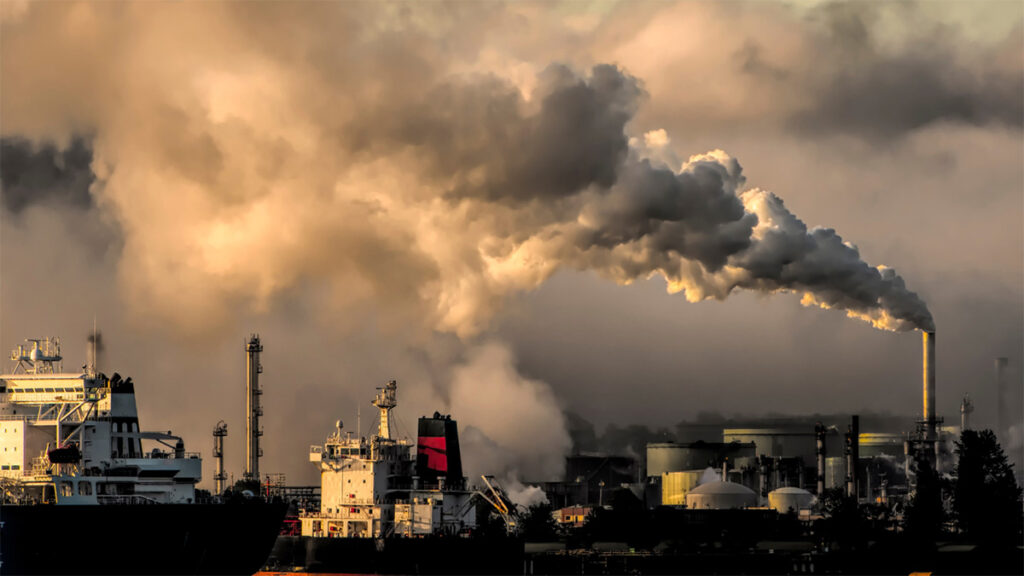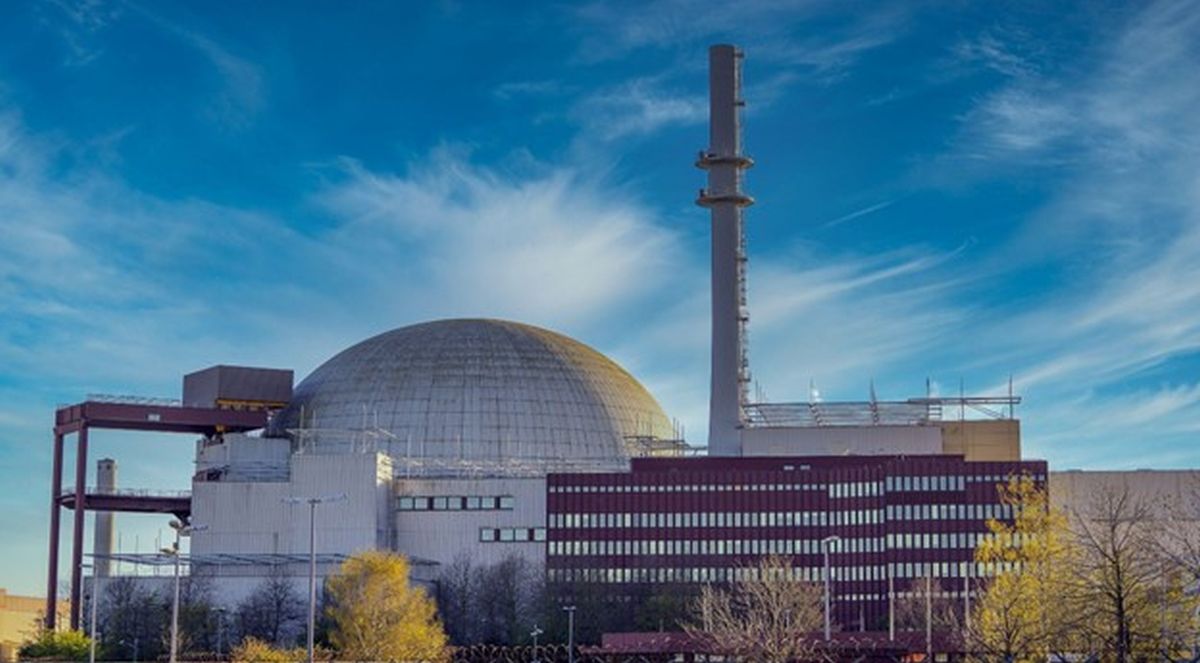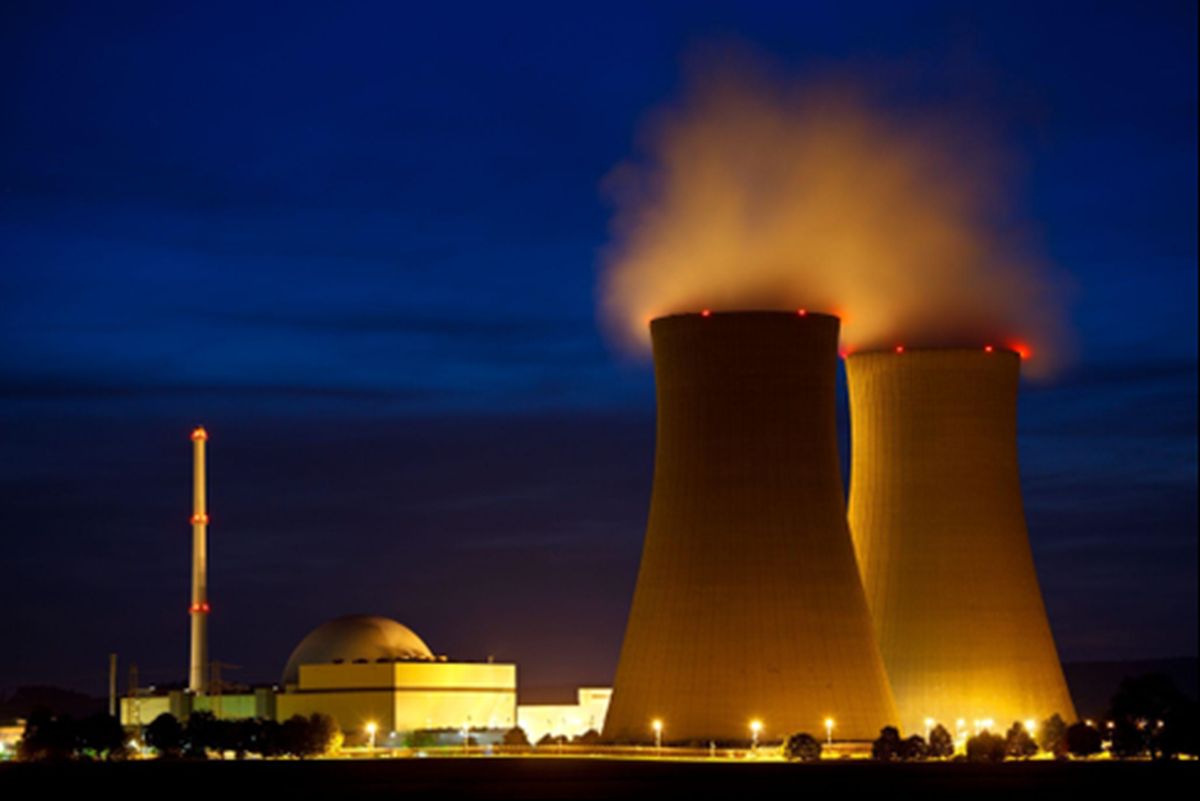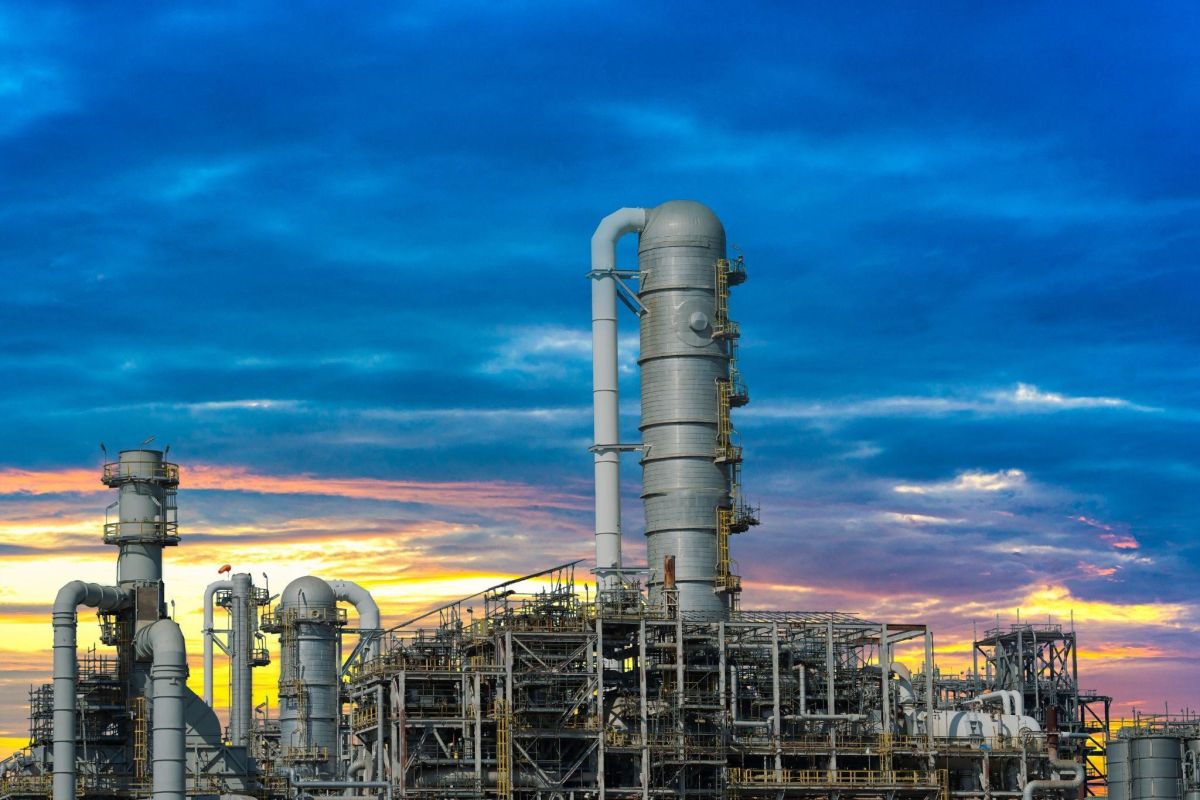According to the United Nations, fossil fuels (coal, oil, gas) are the largest contributors of climate change around the world. They account for 75 percent of global greenhouse gas emissions and around 90 percent of all carbon dioxide (CO2) emissions.
The sun’s heat gets trapped by greenhouse gas emissions, which leads to global warming and climate change. Heat waves are changing weather patterns and are playing havoc with the ecological balance of the Earth.
Carbon capture and storage is one way of reducing carbon emissions that could help reduce global warming.
What is Carbon Capture and Storage?
Carbon capture and Storage (CCS) is the process of trapping CO2 that is produced by power plants and factories using fossil fuels, so that greenhouse gasses are not emitted into the atmosphere. Once the CO2 has been captured, it is then transported and stored, or used in industrial processes.
It is a three-step process that involves:
- Capturing the carbon: CO2 is separated from other gases.
- Transporting the carbon: CO2 is compressed and transported via pipelines, road transport or ships to a storage site.
- Storing the carbon underground: CO2 is injected into rock formations deep underground, to be stored permanently.
Three Types of Carbon Capture
There are three categories of technologies that can be used to capture CO2 from the facilities emitting it:
- Post-combustion carbon capture (the primary method used in existing power plants)
- Pre-combustion carbon capture (largely used in industrial processes)
- Oxy-fuel combustion systems
After the CO2 has been captured, it is compressed into a fluid, making it easier to be transported to a storage site. It is usually transported through pipelines or ships, and sometimes via trains and other vehicles too.
Types of Carbon Storage
The two main types of carbon storage are:
- Biological Carbon Storage
This is the storage of CO2 in vegetation like grasslands and forests, as well as in oceans and soils.
- Geological Carbon Storage
This is the process of storing CO2 in underground geologic formations, or rocks. After capturing CO2, it is injected into porous rocks for long-time storage.

Challenges of Carbon Capture and Storage
According to Certrec’s white paper, ‘Digitization – Carbon Capture and Storage Technologies,’ there are several challenges that CCS needs to overcome:
- High costs
- Regulatory and policy hurdles
- Storage and leakage risks
- Public perception and acceptance, and
- Infrastructure requirements
For more information on the challenges of carbon capture and storage, click here.
Disclaimer: Any opinions expressed in this blog do not necessarily reflect the opinions of Certrec. This content is meant for informational purposes only.



















